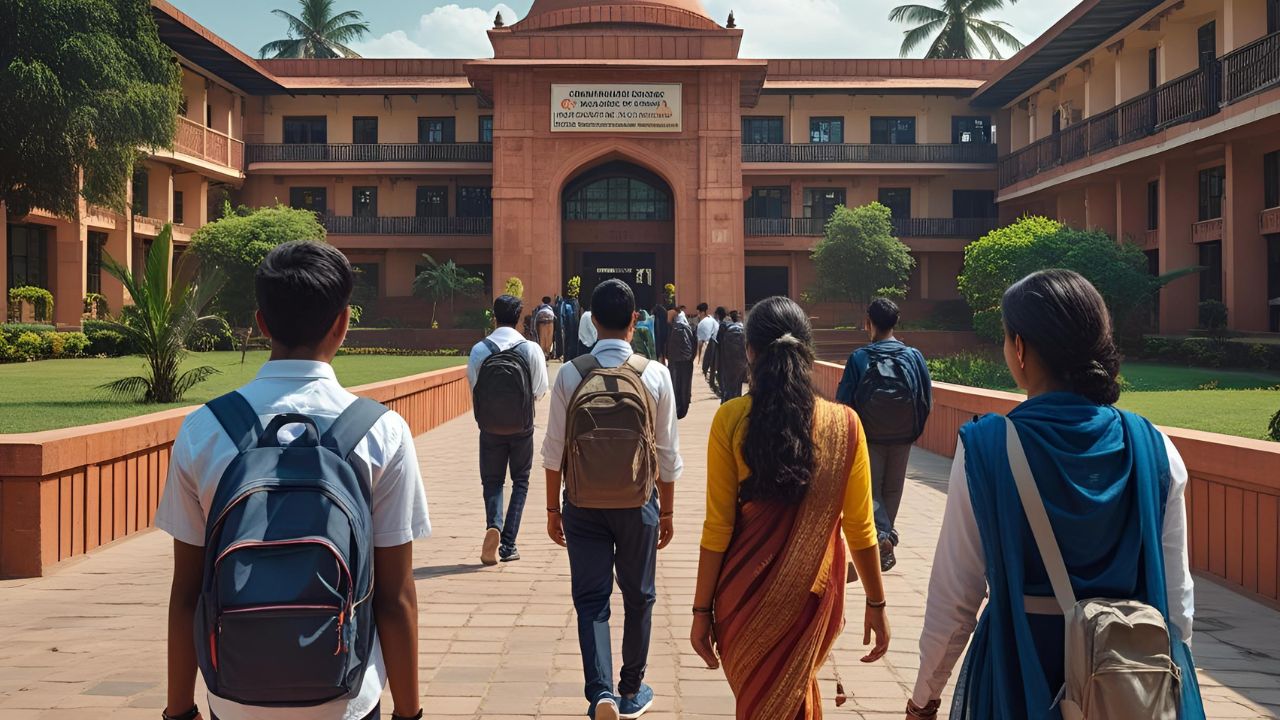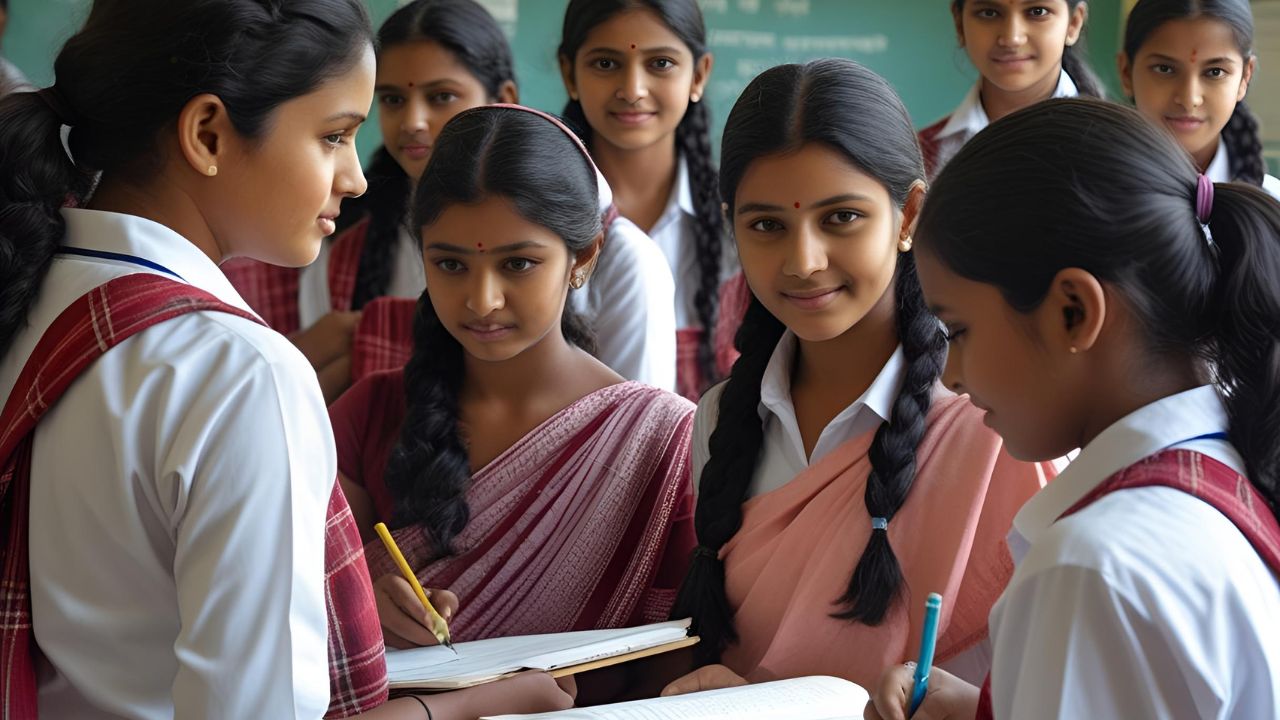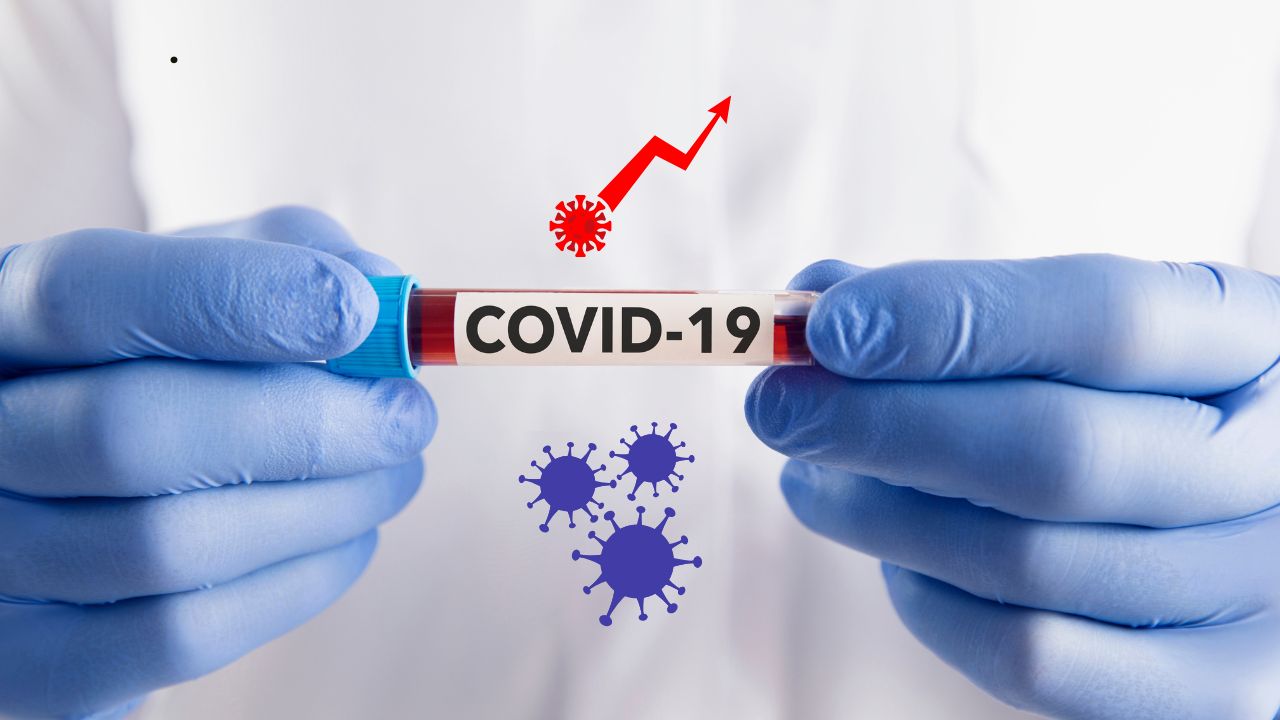Persistently, as education becomes central to development, the Government of India is keen on upgrading its student loan schemes and facilitating access to education for millions of students. Given the surging need to obtain a degree or professional qualification, education loans have indeed emerged as a necessity for families in India.
Major Government Schemes
1. Pradhan Mantri Vidyalaxmi (PM-Vidyalaxmi) Scheme
The PM-Vidyalaxmi scheme is undertaken as a mission-mode project. It offers guarantee-free and collateral-free educational loans to deserving scholars who have enrolled in any of the 860 higher educational institutions in India. The scheme has a fully digitised application procedure that can be completed in two pages.
The scheme provides loans of up to ₹10 lakh and offers a 3% interest subvention to students whose family income is less than ₹8 lakh per annum.
The government offers a 75% credit guarantee for banks on loans of up to ₹7.5 lakh, which enhances national reach and increases acceptance rates.
Students whose family income is less than ₹4.5 lakh receive full interest subsidy during the moratorium period (period of the course and a year after completing the course).
Website Link: https://pmvidyalaxmi.co.in; https://www.vidyalakshmi.co.in
2. Central Sector Interest Subsidy Scheme (CSIS)
Under CSIS, students from lower economic strata (with a parental income of up to ₹4.5 lakh) undertaking professional or technical courses from recognised institutions get full interest reimbursement during the moratorium period. The refund is paid back to the student’s loan account, easing the financial strain on families.
3. Education Loan e-Voucher Scheme
Introduced during the 2024-25 Union Budget, this scheme is designed for students without financial stability who are seeking assistance after completing class 12.
Beneficiaries will have access to loans of up to ₹10 lakh at a subsidised interest rate of only 3% per annum, which is materially lower than prevailing market rates.
With this scheme, 1 lakh students across the country will be targeted, thereby improving access to higher education and skill development.
Features and Benefits
No Requirement for Collateral: As with many government-sponsored loans aimed at premier institutions, the absence of collateral or a guarantee opens the loans up to a broader range of students.
Interest Subsidy: Subsidy and subvention schemes, which reduce a stated amount of the loan balance, are especially favourable to students from low- and middle-income families.
Simple Digital Process: Most of the processes are online-oriented with an intuitive interface that is easy to navigate, transparent, and student-friendly, lessening the time spent on documents and processing.
Long Tenure of Payment: Students have a long time to repay after studying since repayment tenures can extend to 15 years, excluding the moratorium period.
Offerings Provided by the Private Bank
In addition to government policies, top banks such as SBI, ICICI, and Axis Bank have competitively launched education loans:
SBI Scholar Loan: Financing at 100% for premier institutes with no processing fee and approved in no time at campus branches.
ICICI and Axis Bank: Collateral-free loans for up to ₹1 crore for select institutes with starting interest rates of about 9-10% per annum.
Application and Requirements
Bank branches and dedicated online portals provide students with the option to apply.
Aadhaar and PAN, along with proof of admission, address proof, and a family income certificate, are the required documents.
Admission to recognised institutions and meeting the income criteria of individual schemes are the bases for eligibility.
Effect
By offering lower interest rate subsidies and collateral-free loans, the government and banks would enable financially challenged students to pursue higher education. To ensure that no deserving student is denied, these initiatives were designed. It works towards creating a more educated and skilled workforce for India’s future.
Students are invited to visit the official portals of the respective schemes or approach their nearest bank branch for further information or to submit an application.
Read: Goa Becomes India’s First Fully Literate State, Achieves 99.72% Literacy Rate












